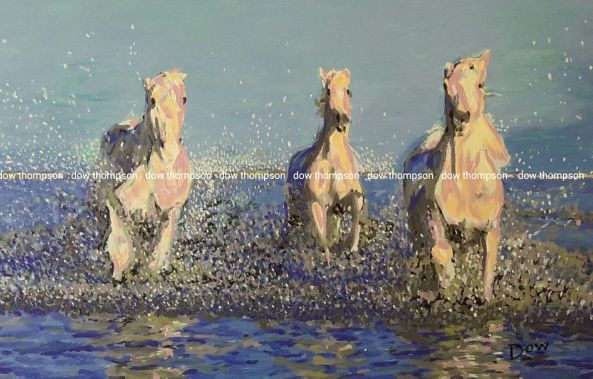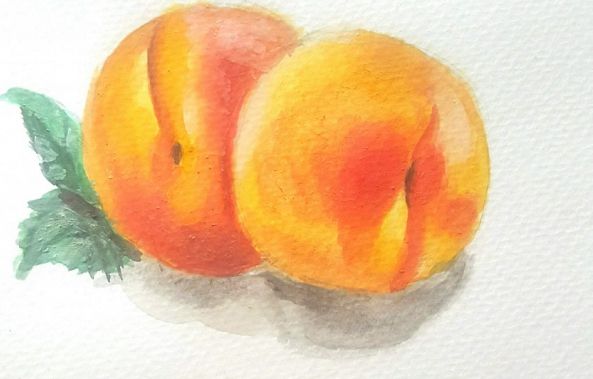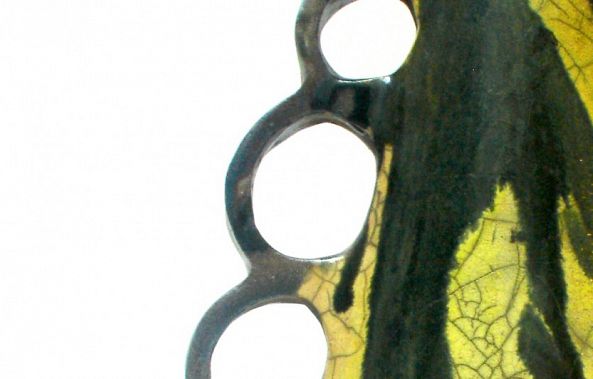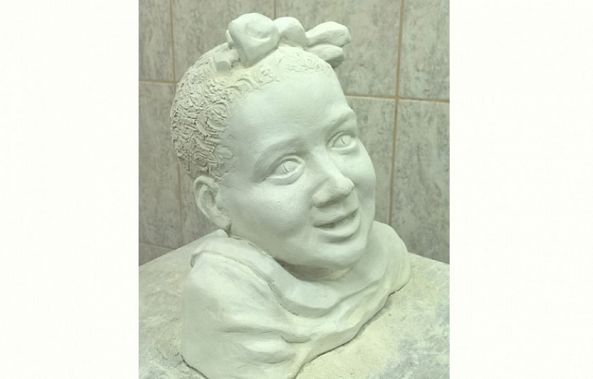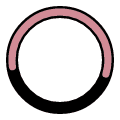Renaissance art
Factors that led to the emergence of Renaissance art
What is described as Renaissance art emerged during the period and spanned from the 13th century to the 16th century. Renaissance art refers to the art that emerged shortly after the Middle Ages. Renaissance art history and characteristics were hinged on the resurgence of art forms that could be traced to the Hellenes and Romans. Just like every other aspect of society was affected by the prevailing ideology and consciousness, the art too fell under the influence and experienced a major change from what was previously obtainable. The renaissance era could be described as a time in which man began to learn and seek knowledge. It was a period that was characterized by fairly stable governments and an immeasurable fascination with learning. With advancements in fields like philosophy, innovation, astronomy, mathematics, engineering and many more fields, it is only expected that the art form would have reflected the advancements in the era. Renaissance art is found within the context of a time where fears, skepticism, superstition, apprehension and dogmatic views of life that characterized the Middle Ages were abandoned for the pursuit of knowledge.

Image via https://fr.sputniknews.com/
There was an explosion in the advancement of learning with the growth of the press and an irrepressible attraction for new ideas and interests. Given that there were many new discoveries in many fields during this era, it should be noted that art and painting experienced major improvements. The style and techniques adopted in renaissance art paintings witnessed significant growth. Renaissance art techniques allowed for the creation of some of the captivating renaissance artworks while capturing the time and ideals of the era. While the development of Renaissance art eventually spread throughout the entirety of Europe and remained very visible till this day, it should be noted that Italy was the birthplace of this art form with emphasis on Florence and Venice renaissance art. With names like Michelangelo, Leonardo da Vinci, Donatello, Sandro Botticelli and more, at the forefront of mind-blowing artistic creations.

At this juncture, it is imperative to inquire about the factors that led to the emergence of the Renaissance era. Some of the factors that spurred the rise of Renaissance include the emergence of intellectuals. The crusade and establishment of churches also contributed largely to the renaissance as most of renaissance art paintings and Renaissance artworks in the form of sculpture were religious in nature and designed for the church. In simpler terms, it could be said that the church was the primary customers. A booming economy which was fuelled by the trade of merchants was also a factor. The feudal system and the ever-increasing number of nobles who enjoyed buying renaissance artworks cold also be cited as a contributing factor. While there were many factors that fuelled the rise of the Renaissance, the role of Italian Renaissance painters and the overall contribution of Italian Renaissance art cannot be trivialized.
Exploring the Peculiarities of Renaissance in Italy

Image via https://en.wikipedia.org/
While renaissance art painting spread throughout Europe, it is worth mentioning that it all began in Italy. It can be asserted that the places with the strongest renaissance are Florence and Venice and a plausible explanation for this is hinged on the fact that there was a lot of trade in the area from the sea. However more importantly and instrumental to the strong renaissance fervor in Italy was the abundance of intellectuals with understanding of theology, philosophy, astronomy, science, literature and more. The revival of the press only served to embolden renaissance as literature and writing of famous Italian intellectuals became widespread and accessible to many. The contributions of great scholars like Francesco Petrarca whose works, writings and teachings on humanism encouraged the abandonment of superstition and doctrine while encouraging appreciation for humanity, critical thinking, and learning. In a similar manner, Niccolò Machiavelli whose intellectual accomplishments are revered until this day was amongst the numerous writers who fanned the flame of the Renaissance. This historian, politician, and philosopher offered some of the most powerful quotes and earned a reputation as the father of contemporary political science.
|
|
In other fields, there were major advancements with the emergence of many experts like Donato Bramante, Raphael, Filippo Brunelleschi, Michelangelo and more in architecture and so on. In the context of Renaissance art, there were many who contributed significantly through commendable mastery and some of the most intricate Renaissance art techniques like sfumato by Leonard da Vinci. Other techniques like foreshortening and chiaroscuro became prevalent in the area as well and were used collaboratively and independently to create masterpieces.
The discourse of Italian renaissance artworks would be incomplete without the mentioning of certain figures. In like manner, the list of famous renaissance artists would be incomplete without Giotto di Bondone. This artist was born in the wake of the Renaissance era, and he is often attributed to the pre-renaissance era. Most of his painting was on religious themes and were created for the church. He was celebrated for perfecting the widespread Byzantine style of drawing. Some of his great works include the decoration of the Scrovegni Chapel, in Padua and the wall-painting cycle depicts the Life of the Virgin and the Life of Christ. He is believed to have been born in 1267 and dies at age 70. Giovanni Boccaccio was a writer who revived antiquated Roman and Hellenist language and culture which had been in a decline. Through his literature and writing, he contributed immensely to the growth of the Renaissance.
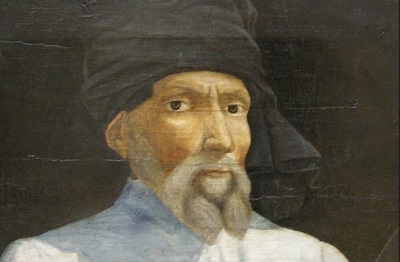 |
 |
| Image via https://en.wikipedia.org/wiki/Donatello | Image via http://www.rochester.edu |
The outbreak of the pandemic known as the Black Death which divested much of Europe and wiped out as much as forty percent of the population had a profound impact on the spread of renaissance fervor. Other factors that attempted to suppress Renaissance was the fact that most nations were constantly at war in Europe. These factors slowed down the pace of Renaissance, however, no long. The period of the 14th century saw some of the most impressive renaissance fine arts. In this regard, Lorenzo Ghiberti makes the list of famous renaissance artists as a sculptor of renown. Famed for his creation of Florence Baptistery doors known as the gates of paradise, he contributed immeasurably to renaissance art with some of the most striking sculptures. His life and contributions to art lasted from 1378 to 1455. Just like Lorenzo, Filippo Brunelleschi was a sculptor of renown with many great works. He was also an architect and acknowledged as the foremost modern engineer.
Amazing sketches of machines and his famous renaissance art includes Madonna with a child in 1402, 1405 and 1410 respectively as well as the Crucifix. His life and contributions to art spanned from 1377 to 1446. When talking about renaissance sculpture, it will be unfair not to mention, Donatello. He lived from 1386 to 1466 and remains one of the most celebrated sculptors ever. While he had many sculptures that were celebrated at the time, he was best known for Penitent Magdalene, equestrian statue of Gattamelata and most importantly, the David Bronze Statue.
 |
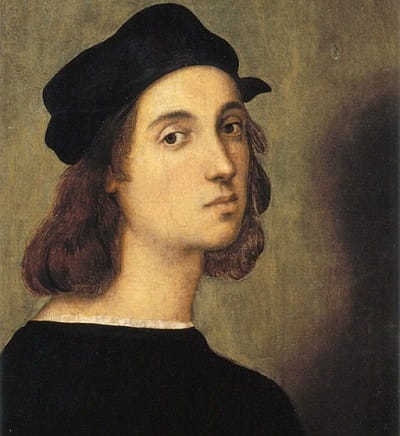 |
| Image via https://upload.wikimedia.org/ | Image via https://timelessitalytravels.com/ |
Tommaso di Ser Giovanni di Simone who is popularly known as Masaccio is, in fact, one of the greatest fresco painters ever! Some of his most cherished works included the Holy Trinity in 1428, San Giovenale Triptych 1422, Portrait of a young man in 1425 and many more. While his career as a painter spanned a short while, he was actively involved in many masterpieces and earned his place as one of the greatest Italian Renaissance painters.
At this time, most of the renaissance artworks were ordered and bought by the Catholic Church. However, they were soon joined by nobles, government officials and the upper class of society. It is within this context that you will find the like of Medici who happens to be a powerful ruler and a lover of Renaissance artwork. Piero and Antonio del Pollaiuolo, Leonardo da Vinci, Michelangelo, Sandro Botticelli and more were some of the many artists that were part of Medici’s court.
 |
 |
At the peak of the Renaissance were the likes of Leonardo da Vinci, Michelangelo Buonarroti, and Raphael Sanzio. These Italian renaissance painters created some of the most famous renaissance art while adopting powerful renaissance art techniques.
From the painting of the Sistine Chapel Ceiling, the sculpture of David, the sculpture of Bacchus, the painting of the Madonna of Bruges by Michelangelo to the painting of Mona Lisa, the Last Supper, Vitruvian Man, Lady with an Ermine, The Marriage of the Virgin, Saint George and the Dragon, La Donna Valetta, Transfiguration, Sistine Madonna and the School of Athens in 1511 by Raphael Sanzio, all of these works and more showed the peak of the Renaissance art and were, in fact, some of the most famous renaissance art.
Places with mild renaissance
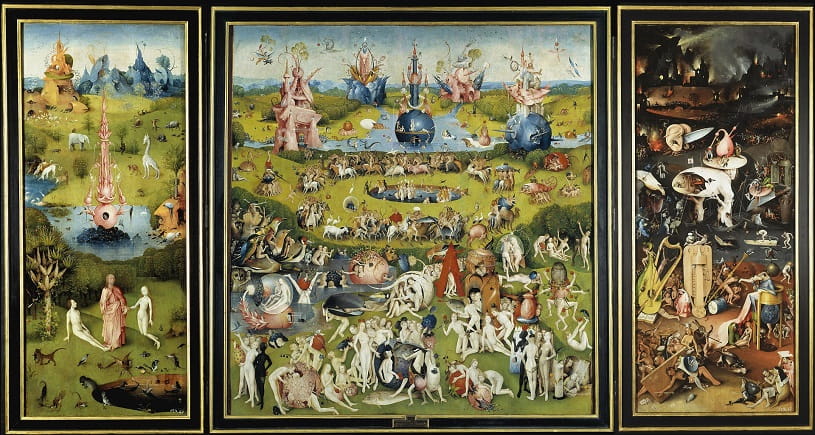
Image via https://fr.wikipedia.org
The influence of Renaissance spread throughout Europe, however, not all countries were affected in the same length. While elements of Renaissance fuelled many art forms as the renaissance techniques and style with a theme of humanism as well as strong religious elements remained palpable, the degree of this influence was very low. In the works of Dutch Hieronymus Bosch, who was a painter of renown, the Renaissance element could be felt but very mildly. While his works had the religious theme, they were often hard to decipher and explain with accuracy. The Haywain Triptych from 1500-1515, The Garden of Earthly Delights, Christ carrying the cross in 1516 and more. From the works of Joachim Patinir and Pieter Aertsenit could be seen that Renaissance art had taken a new dimension but was still evident in all of their art forms.
Techniques utilized by Italian Renaissance painters

Image via http://mentalfloss.com
The Renaissance was the emergence of many artists that created impressive artworks and masterpieces. These techniques were often learned and could only be used effectively by a seasoned artist with great mastery. The various renaissance art techniques used in the creation of Renaissance artworks include Fresco. The fresco was achieved through a blend of water and pigments which is them combined with wet plaster. The pigment is soaked up into the wall paintings because it binds with the plaster. While the painter will need to be super-fast for the technique to be implemented properly, its upside is seen in the area of durability.
Tempera was another technique used in the renaissance period but required the blend of pigment and eggs in the creation of long-lasting paint. While painters had very few colors to work with, this painting form was used extensively until the close of the 15th century.
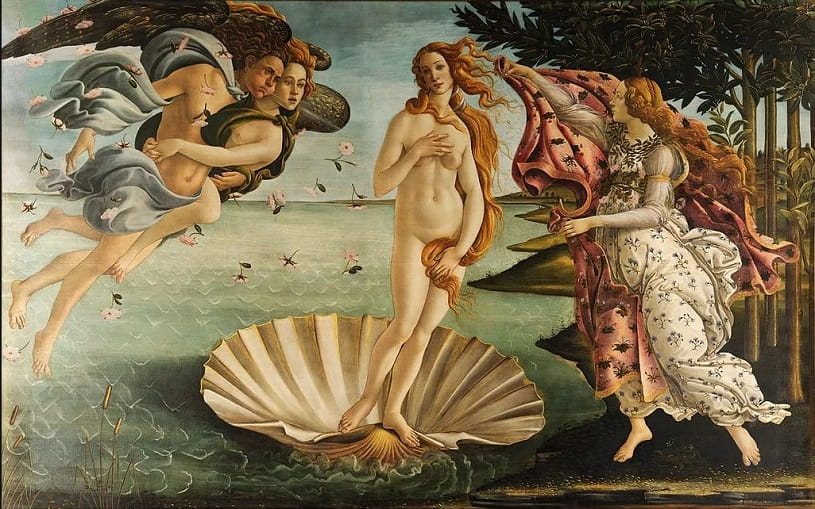
Image via www.italianrenaissance.org
While oil paints were prevalent in many parts of Europe, its popularity in Italy only peaked at the close of the 15tth century. While frescos didn’t have much powerful visual appeal, this other technique was particularly more visual and offered an extensive assortment of color options.
The use of Foreshortening was relevant in creating perspective and this was extensively used in renaissance artworks. The idea is to create items and visuals that can stay conveniently in the background while adding meaning to the visuals at the forefront.
The sfumato was a renaissance art technique that was used in the creation of many masterworks and this technique is the favorite of Leonardo da Vinci. It eliminates any outline while creating a blend of tones and colors.
Chiaroscuro was also heavily adopted in renaissance painting and utilized light and dark shades to create contrast and heighten effects.
Exploring the association between Renaissance art and humanism

Image via http://www.oeuvres-art.com
Renaissance Humanism could be best explained as a strong fervor and movement towards learning, the acquisition of values and the expansion of human knowledge. This ideology was, in fact, the direct opposite of the more conservative, and dogmatic society that characterized human associations before the 13th century. Renaissance humanism seeks to promote reasoning and knowledge. Owing to the introduction of new ideas and concepts in various fields and undertakings, the kind of art that was available at the time also became greatly influenced as well. The art became such that was not only meant for aesthetic appeal alone but such that would stimulate thinking and share values. Art became such that would have a much deeper meaning than from ordinary beautification. More so art became such that challenges your views and opinions while stimulating your thoughts and intellect.
Art shaped religion, science and many other aspects of human learning. It emboldened humanism and made the ideology readily accessible to art lovers.







